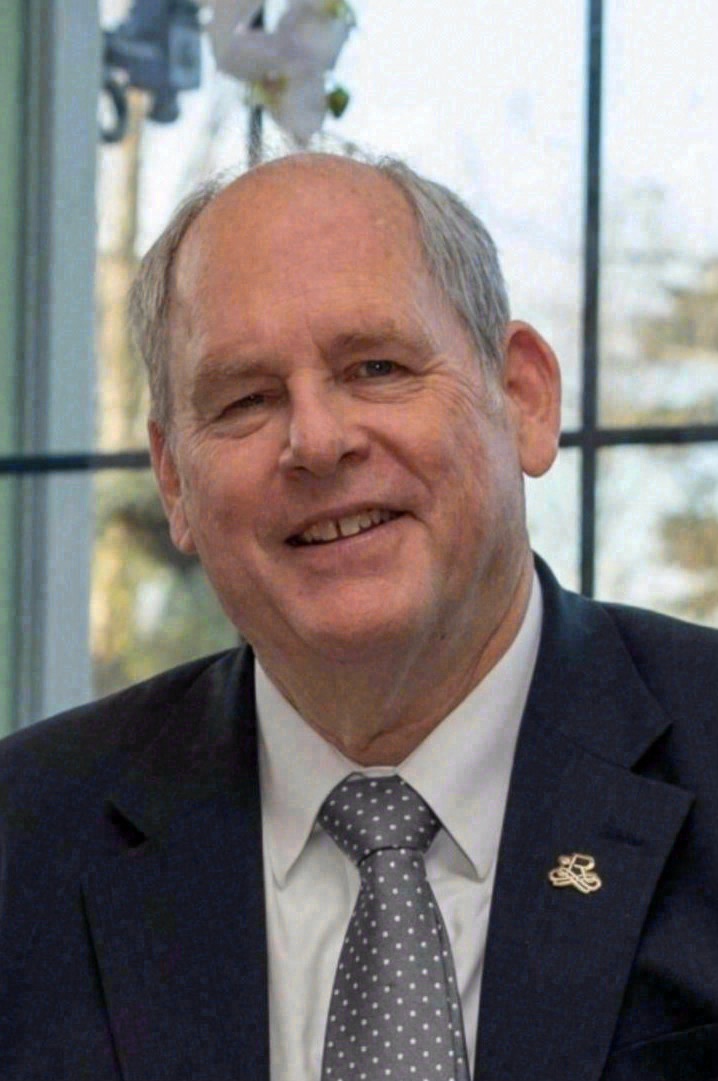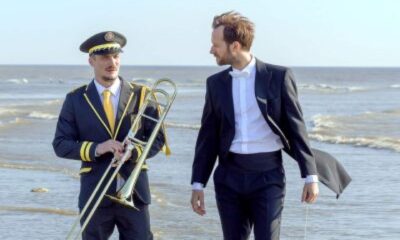News
Is Killarney dealing with “over tourism”?
N
Now this column prides itself on being sometimes ahead of the curve, nationally. Not that we do pride very well. Mostly we try to avoid what until recently at least was the greatest of sins and most offensive types of behaviour, in Christian as well as pagan cultures.
Anyway, imagine my surprise, after going for a breath of French air, to find the very issues raised in this publication not only touched on, but the main spread in the oldest and national daily in France, Le Fiagaro, last weekend.
“La Saturation menace les sites touristiques francais,” Figaro thundered on the front page. And this was followed by three full inside pages of analysis on Saturdays when the paper is at a premium of €5.30 and is most regarded. The article pulled no punches.
While the world focus is on Amsterdam, Barcelona and Venice, all of whom are taking measures to limit the number of visitors, tourist sites around the world are threatened. Already, popular French sites like Mont St Michel, villages that are marked as the prettiest in France and the Eiffel Tower itself are overwhelmed – it uses the word “hordes” of tourists.
The figures are stark. Today 95 per cent of tourists visit less than 5 per cent of the planet. Natural sites, historical sites and parks are declining as a result, and locals are getting angrier and angrier, Le Figaro has found.
The problems in the medieval walled city Carcassonne are immense and echo some of ours in Kerry.
Parking is a huge problem. So, too, toilets. Elsewhere towns and villages are taken over by just restaurants and bars and tourist shops and life is uncomfortable for locals and tourist alike. Carcassonne is spending €300,000 now on new public toilets and laying out a new car park outside the walls.
But the golden egg is being killed, the articles are warning. According to one craftsman in Carcassonne, he sells more in April when there are fewer tourists than in August when there are several times the numbers.
The figures Figaro presents are gob-smacking. In 1980, around the first time I visited France, the country got 30.1 million overseas visitors. Last year there were 87 million.
In Ireland our figures have increased by close to 3 million in ten years and we now get more than 9 million overseas tourists a year. But is there one extra car space at Torc? For that matter, are there three times the car spaces in Killarney? Are there more toilets in Inch?
Figaro has come up with a new term “surtourism” which I care to translate as “over tourism”, as in over-production in the farming sector. Figaro’s conclusion is governments are closing their eyes to the problems being posed. And in France, as in Ireland, the tourism strategy is to attract more and more overseas tourists and up the numbers.
Nobody is addressing the problems of saturation, it finds. And for the most part the problems are being ignored, and being shied away from by political leaders as well as industry leaders. We are to pretend the same sites that welcomed 500,000 can now cope with three times that number without blinking!
It also concludes, as argued in this column, that trying to spread the tourists to other sites (like the pound of butter) is not the solution because most tourists want to go to the well-known place. The challenge is limiting numbers, providing facilities and safeguarding the product.
Few serious newspapers are taking a serious look at the problem or looking properly at tourism, a major industry.
But, it seems, the Killarney Advertiser and the oldest newspaper in France have raised the thorny issue no one else wants to address. And it should be noted that while tourism is now Ireland’s major industry, it is so little seriously taken that a tourism ministry is a minor thing and no major newspaper or broadcaster has a tourism correspondent to monitor it. To paraphrase Leo, the gossip and whispers in the corridors of Leinster house has dozens of correspondents focussing on the rumour mill.
Now if only I could write better in French; Figaro and the Advertiser could have a twinning!
News
Chamber pays tribute to late Dick Henggeler
Killarney Chamber of Tourism and Commerce has expressed condolences following the death of Dick Henggeler, the well-known owner of The Rose Hotel in Tralee. Mr Henggeler passed away peacefully at […]
News
Beaufort Film Night returns with French drama-comedy
Beaufort Film Night will return on Friday (October 17) at Cullina National School, with a screening of the French drama-comedy The Marching Band. The film tells the story of Thibaut, […]

























